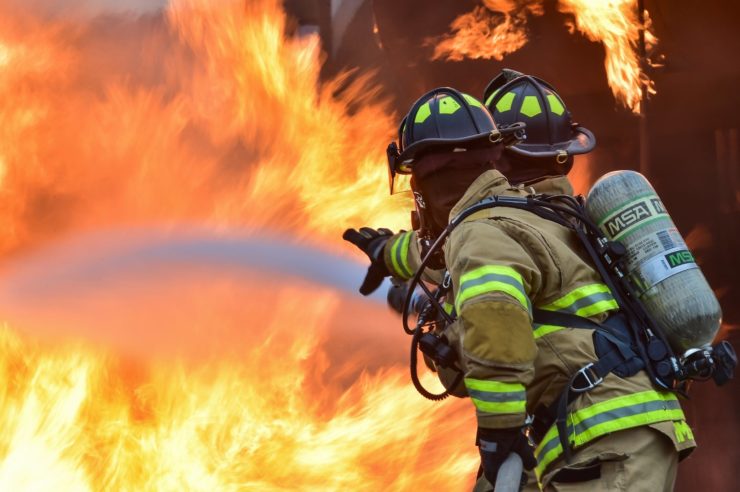
In a recent wildfire in California, several drones were deployed to help firefighter control the blaze. At the time, most of the area was inaccessible to the firefighter’s helicopters due to the smoke, and so there was no way for local firefighters to respond the situation. The solution came from the Interior Department’s unmanned aircraft systems division’s drones, which managed to enter the most dangerous areas of the fire despite the heavy smoke. Not only did the drones provide local authorities with good images of the smoky areas, they also gathered intelligence about the situation, which were then used to contain the fire before it had the chance to spread.
This wasn’t the first time drones were used to fight fire either. Wildfire experts have been thinking about using high-altitude drones for reconnaissance missions. The fact that drones are small and impervious to smoke and heat makes them useful tools for observing wildfires.
Aside from their reconnaissance features, there is also talk of using unmanned helicopters to carry supplies and help tame wildfires as well. Unlike smaller recon drones, these large UAVs are meant to carry large amounts of water, which they will then deploy to put out fires in areas which are otherwise inaccessible to fire fighters.
Drones are also potentially effective at establishing “firebreaks,” because of their speed and carrying capacity. Firebreaks are made when fire fighters set off small and isolated fires by dropping flammable materials from the safety of the helicopters. The flammable materials burn up a small section of vegetation that lie in the wildfire’s path. When the fire arrives, it will have nothing to burn since most of the fuel in that particular area has already been consumed. What makes drones suitable for making firebreaks is that they can fly at low altitudes. Most helicopters cannot do this in heavily forested areas, which is why firefighters do not use them.
Most of the technology for firefighting drones are still in the experimental stage, but researchers hope that they will eventually be able to deploy entire swarms of drones in the not-so-distant future. Theoretically, these drones will be able to fly autonomously and share information with each other as well as the firefighters on the ground. These drones may not be able to stop fires on their own, but they can do most of the dangerous work, allowing firefighters to focus on other critical tasks.
|